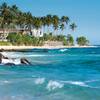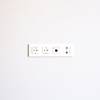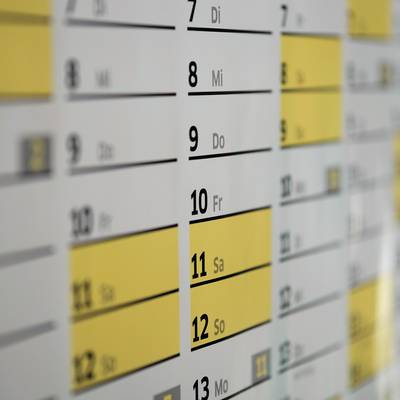General
 What is the climate like in Germany?
What is the climate like in Germany?
 What NOT to do in Germany?
What NOT to do in Germany?
 How do I access Internet in Germany?
How do I access Internet in Germany?
 Where should I go in Germany for a week?
Where should I go in Germany for a week?
 Where should I go in Germany for 2 weeks?
Where should I go in Germany for 2 weeks?
 What type of adapter do I need for the outlets?
What type of adapter do I need for the outlets?
 What should I pack for my trip?
What should I pack for my trip?
 What should I know about recycling in Germany?
What should I know about recycling in Germany?
Transport
People
Accomodation
Food & Drink
Sightseeing
Legal
Money
Safety & Health
Family travel

What is the best time to visit Germany?
The best time to visit Germany is from May through September, when the weather is pleasantly warm, with temperatures typically in the low to mid-20s. Especially during the peak of summer, expect thick tourist crowds and accommodation and airfare rates to be at the highest prices of the year.
Best time for sightseeing: The best time for sightseeing in Germany is when the weather is decent but there aren’t so many tourists that lines are horrifically long, or views are interrupted. That usually means April and May or October, after the big crowds of Oktoberfest events have departed.
Best time to visit for good weather: The best time to visit Germany for good weather is from May through September, but if you’re hoping to avoid the rain, plan on visiting during the drier months of July and September, a time when you’ll see plenty of sunshine and warm temperatures with afternoon highs typically between 20°C and 25°C.
Best time to visit for festivals: While the German calendar is filled with festivals throughout the year, there is none bigger than Oktoberfest which typically takes place primarily in September. It runs for 16 days starting around the first day of fall, bringing over six million people to Munich who consume around seven million liters of beer each year. If you hope to attend this bucket-list event, you’ll need to be there during the second half of September or early October.
Best time to visit the vineyards: The best time to visit Germany’s vineyards is from late April into early summer or immediately after the late autumn harvest. There are likely to be a long list of open-air wine festivals that bring opportunities for sampling the wine and all sorts of entertainment.
Best time to visit Neuschwanstein Castle: Many come to Germany hoping to visit some of its magnificent castles, but there may be none finer than Neuschwanstein, the most popular in the country, located in Bavaria. People come from across the globe to see it, often in July and August which bring long lines and big crowds. If you come during this time, be sure to arrive an hour before opening to purchase your tickets for the first tour of the day, when the castle will be much quieter, and you won’t have to stand in what may feel like an endless line.
Germany has several travel seasons:
High season (mid-June through August, Oktoberfest and the Christmas holidays): Summer is peak tourist season, but Oktoberfest in late September and early October, and mid-December through early January are also considered high season. This is when you can expect the popular attractions throughout Germany to have long lines, while both airfare and accommodation will be at their highest prices of the year.
Shoulder season (April through mid-June, the first half of September and mid- to late-October): The shoulder season is a good compromise between the high and low seasons. Spring weather can be unpredictable, sunny and warm or rain, hail, and possibly snow, sometimes all in the same day. Although the crowds won’t have arrived, you might find some discounted rates too. The first half of September is characterized by warm weather and diminishing crowds, while the second half of October usually offers decent if wetter weather along with brilliant autumn colors and better deals on rooms and airfare.
Low season (November through March, except mid-December through early January): While the calendar may say otherwise, winter in Germany usually begins in November, bringing dark, dreary cold days, frequently with freezing rain and snow in some places, especially in the south and east. This is the quietest time of year in the country, and the time you’re most likely to score good deals that make it much less expensive to visit.

How do I use ATMs in Germany?

What soft drinks are available?

Am I expected to tip in Germany?

Where to buy alcohol in Germany and how much does it cost?

What should I know about the local culture?
